Home>Furniture & Design>Outdoor Furniture>How To Make An Outdoor Cat House
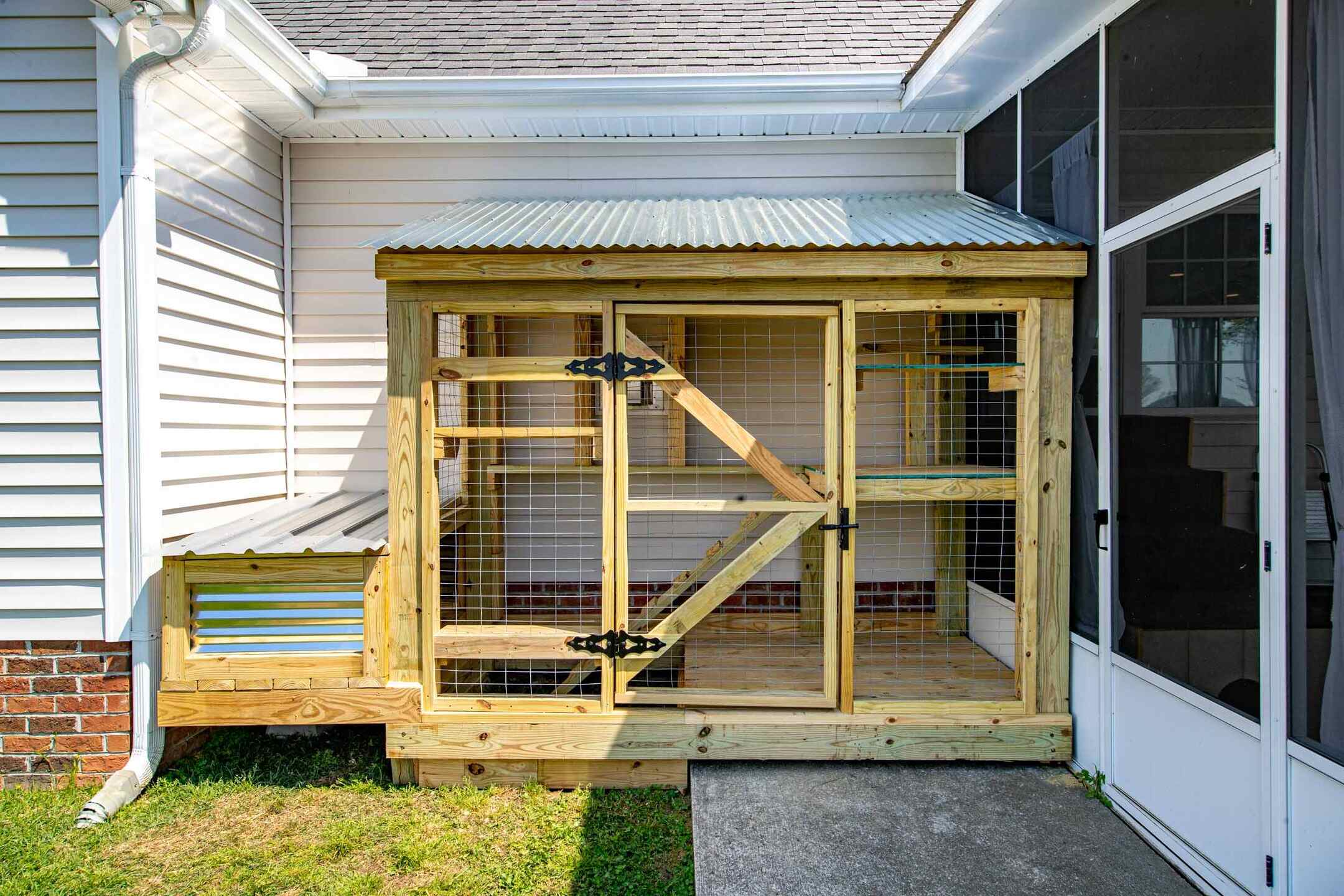

Outdoor Furniture
How To Make An Outdoor Cat House
Modified: January 26, 2024
Learn how to build a cozy and stylish outdoor cat house with our easy-to-follow guide. Create a comfortable space for your feline friend with our outdoor furniture and design tips.
(Many of the links in this article redirect to a specific reviewed product. Your purchase of these products through affiliate links helps to generate commission for Storables.com, at no extra cost. Learn more)
Introduction
Creating a cozy and inviting outdoor cat house can provide your feline friend with a safe and comfortable retreat to enjoy the great outdoors while staying protected from the elements. Whether you have a neighborhood cat that frequents your yard or you want to offer your own pet a special outdoor haven, building a cat house can be a rewarding and enjoyable project. In this guide, we will explore the step-by-step process of constructing an outdoor cat house, from choosing the ideal location to adding the finishing touches that will make it a purr-fect retreat for your furry companion.
Not only does an outdoor cat house provide a sheltered space for your cat to relax and observe their surroundings, but it also offers them a sense of security and ownership in their outdoor environment. By providing a comfortable and secure space for your cat to retreat to, you can ensure that they have a safe haven to call their own, fostering a sense of well-being and contentment.
Let's embark on this exciting journey of creating a custom outdoor cat house that will not only meet your cat's needs but also complement your outdoor space with its functional and aesthetically pleasing design. Whether you're a seasoned DIY enthusiast or a novice looking to delve into the world of outdoor furniture and design, this project is sure to inspire and delight you. So, gather your materials and let's get started on this delightful and rewarding endeavor.
Key Takeaways:
- Building an outdoor cat house provides a safe and cozy retreat for your feline friend, fostering their well-being and sense of ownership in the outdoor environment.
- By carefully choosing the location, materials, and finishing touches, you can create a personalized and weather-resistant cat house that enhances your outdoor space and strengthens the bond with your beloved pets.
Read more: How To Make An Outdoor Cat House For Winter
Materials Needed
Before diving into the construction process, it’s essential to gather all the necessary materials and tools. Here’s a comprehensive list of items you’ll need to build a sturdy and comfortable outdoor cat house:
- Pressure-treated plywood or cedar boards for the base and walls
- Insulating foam board or reflective insulation to regulate the temperature inside the cat house
- Outdoor-safe, pet-friendly paint or sealant to protect the wood from the elements
- Roofing materials such as shingles, metal roofing, or waterproof tarp
- Wood screws, nails, and a durable outdoor wood glue for secure assembly
- Hinges and latches for the door for easy access and maintenance
- Outdoor cat-safe heating pad or bed for added warmth during colder seasons
- Tools including a saw, drill, hammer, measuring tape, and a staple gun
- Outdoor cat-safe heating pad or bed for added warmth during colder seasons
- Tools including a saw, drill, hammer, measuring tape, and a staple gun
As you prepare to embark on this project, consider the size of the cat house based on the number of cats it will accommodate and the available space in your yard or patio. Additionally, take into account the local climate to ensure the structure is well-insulated and weather-resistant. With these materials in hand, you’re ready to commence the construction process and create a delightful outdoor retreat for your feline companions.
Step 1: Choosing a Location
The location of the outdoor cat house plays a crucial role in ensuring your feline friends feel comfortable and secure. When selecting the ideal spot, consider the following factors:
- Proximity to Your Home: Placing the cat house within close distance to your home allows for easy monitoring and accessibility, especially during inclement weather or emergencies.
- Shelter from the Elements: Position the cat house in an area that provides natural protection from wind, rain, and excessive sunlight. This could be near a sturdy fence, under the eaves of a building, or beneath the canopy of a tree.
- Privacy and Security: Cats appreciate privacy, so choose a location that offers a sense of seclusion and security. Avoid high-traffic areas and opt for a quiet corner of your yard or patio.
- Accessibility for Cats: Ensure that the entrance of the cat house is easily accessible for your feline companions, and the surrounding area is free from potential hazards or obstructions.
By carefully considering these factors, you can select a location that not only provides a comfortable and secure environment for your cats but also integrates seamlessly into your outdoor space. Once you’ve identified the perfect spot, you’re ready to move on to the next step in the construction process: building the base of the cat house.
Step 2: Building the Base
The base of the outdoor cat house serves as the foundation for the entire structure, providing stability and protection from the ground. Here’s a step-by-step guide to constructing a sturdy and durable base for your feline retreat:
- Measure and Cut the Wood: Begin by measuring and cutting the pressure-treated plywood or cedar boards to the desired dimensions for the base. Ensure that the dimensions provide ample space for your cats to move comfortably inside.
- Assemble the Base: Using wood screws and outdoor wood glue, securely assemble the cut pieces of wood to form the base of the cat house. This will create a solid platform that elevates the structure from the ground, preventing moisture and pests from infiltrating the interior.
- Apply a Protective Finish: Once the base is assembled, consider applying a pet-safe sealant or outdoor paint to the exterior surfaces of the base. This protective finish will safeguard the wood from moisture, rot, and other outdoor elements, prolonging the lifespan of the cat house.
As you complete the construction of the base, envision the comfort and security it will provide for your cats as they rest and seek shelter within their new outdoor haven. With the base in place, you’re ready to progress to the next stage of building the walls of the cat house, bringing you one step closer to creating a welcoming retreat for your feline companions.
Step 3: Constructing the Walls
Constructing the walls of the outdoor cat house is a pivotal stage in the creation process, as it defines the structure’s enclosure and provides a sense of security for your feline friends. Follow these steps to build sturdy and insulated walls for the cat house:
- Cut the Wall Panels: Measure and cut the pressure-treated plywood or cedar boards to the appropriate dimensions for the walls of the cat house. Consider incorporating a doorway and windows to allow for ventilation and easy access for your cats.
- Assemble the Wall Panels: Using wood screws and outdoor wood glue, assemble the cut panels to form the walls of the cat house. Ensure that the panels are securely fastened to create a stable and protective enclosure for your cats.
- Install Insulation: To provide optimal comfort for your cats, consider adding insulating foam board or reflective insulation within the wall cavities. This will help regulate the temperature inside the cat house, keeping it cool in the summer and warm in the winter.
- Seal Gaps and Joints: Carefully seal any gaps or joints in the walls to prevent drafts and moisture from entering the interior. This will contribute to a cozy and weather-resistant environment for your cats.
As you complete the construction of the walls, envision the sense of security and comfort they will provide for your cats as they seek refuge within their new outdoor sanctuary. With the walls in place, you’re ready to proceed to the next step: adding insulation to regulate the interior temperature of the cat house, ensuring a cozy and inviting space for your feline companions.
Consider using a sturdy plastic storage bin as the base for your outdoor cat house. Cut a small entrance hole and insulate the interior with foam or straw for warmth. This will provide a safe and cozy shelter for your outdoor cat.
Read more: How To Heat An Outdoor Cat House
Step 4: Adding Insulation
Introducing insulation into the walls and roof of the outdoor cat house is essential for creating a comfortable and climate-controlled environment for your feline companions. Follow these steps to effectively insulate the cat house and ensure that it offers a cozy retreat in various weather conditions:
- Insulating the Walls: Carefully place insulating foam board or reflective insulation within the wall cavities, ensuring a snug fit to maximize thermal efficiency. This insulation will help regulate the interior temperature, providing warmth during colder seasons and a cool refuge in the heat.
- Insulating the Roof: If your cat house features a sloped or flat roof, consider adding insulation between the roof panels to further enhance the structure’s thermal performance. This will contribute to a well-insulated and comfortable interior space for your cats.
- Ensuring Ventilation: While insulation is crucial for maintaining a cozy environment, it’s essential to incorporate ventilation to prevent moisture buildup and ensure air circulation. Consider adding small vents or creating openings near the roofline to facilitate airflow.
By adding insulation to the cat house, you’re not only providing a snug and inviting retreat for your cats but also demonstrating your commitment to their well-being and comfort. With the insulation in place, you’re ready to move on to the next step: creating the roof, which will offer further protection and shelter for your feline friends.
Step 5: Creating the Roof
The roof of the outdoor cat house serves as a vital element in providing protection from the elements and completing the overall structure. Follow these steps to construct a sturdy and weather-resistant roof for the cat house:
- Choosing Roofing Materials: Select durable and weather-resistant roofing materials such as shingles, metal roofing, or a waterproof tarp to cover the top of the cat house. Ensure that the materials are suitable for outdoor use and capable of withstanding various weather conditions.
- Measuring and Cutting: Measure and cut the roofing materials to fit the dimensions of the cat house’s roof, allowing for overhang to shield the walls and entrance from rain and sunlight.
- Securing the Roof: Using appropriate fasteners, secure the roofing materials to the top of the cat house, ensuring a snug and watertight fit. This will provide reliable protection from rain, snow, and other outdoor elements.
- Adding Finishing Touches: Consider adding decorative elements or trim to the roof to enhance its visual appeal and complement the overall design of the cat house.
As you complete the construction of the roof, visualize the shelter and security it will provide for your cats, offering them a cozy and protected space to retreat to in any weather. With the roof in place, you’re ready to move on to the final step: adding the finishing touches that will elevate the cat house into a charming and functional outdoor sanctuary for your feline companions.
Step 6: Finishing Touches
Adding the finishing touches to the outdoor cat house not only enhances its aesthetic appeal but also contributes to the comfort and functionality of the structure. Follow these steps to add the final details that will transform the cat house into a welcoming and delightful retreat for your feline companions:
- Installing a Door Flap: Consider adding a door flap to the entrance of the cat house to provide an extra layer of protection from the elements while allowing easy access for your cats. A door flap also helps retain warmth and keep out wind and rain.
- Creating a Cozy Interior: Place a soft and weather-resistant cat bed or outdoor heating pad inside the cat house to offer your feline friends a warm and comfortable space to rest. Ensure that the bedding is easy to clean and maintain.
- Personalizing the Exterior: Add personalized touches such as your cat’s nameplate, decorative trim, or painted designs to the exterior of the cat house, infusing it with charm and character that reflects your cat’s unique personality.
- Maintaining the Surrounding Area: Clear the area around the cat house of any potential hazards, such as sharp objects, toxic plants, or chemicals, ensuring a safe and inviting environment for your cats to explore.
As you add the finishing touches, envision the joy and comfort your cats will experience as they discover their new outdoor sanctuary. With these details in place, the outdoor cat house is now ready to provide a secure, cozy, and personalized retreat for your feline companions, enriching their outdoor experience and strengthening the bond between you and your beloved pets.
Conclusion
Congratulations on successfully completing the construction of a custom outdoor cat house! Through careful planning and craftsmanship, you have created a secure, comfortable, and inviting retreat for your feline companions to enjoy. This project not only enhances your outdoor space but also enriches the lives of your cats, providing them with a dedicated sanctuary in the great outdoors.
By following the step-by-step process outlined in this guide, you have demonstrated your commitment to your cats’ well-being and happiness. The thoughtfully chosen location, sturdy base, insulated walls, protective roof, and personalized finishing touches collectively contribute to a harmonious and functional outdoor environment for your beloved pets.
As you observe your cats exploring and relaxing in their new outdoor haven, take pride in the knowledge that you have created a space that fosters their sense of security, comfort, and ownership within your outdoor landscape. This project not only showcases your creativity and DIY skills but also strengthens the bond between you and your feline companions, fostering a deeper connection and mutual appreciation.
As you continue to care for and delight in the company of your cats, the outdoor cat house stands as a testament to your dedication to providing them with a fulfilling and enriched lifestyle. Whether they seek shelter from the elements, bask in the warmth of the sun, or simply observe the world from their cozy retreat, the cat house offers a tranquil and harmonious space for them to thrive.
Embrace the joy and satisfaction that comes with creating a welcoming and functional outdoor sanctuary for your cats, and revel in the moments of contentment and relaxation they experience within their new haven. Your commitment to their well-being and happiness has truly transformed your outdoor space into a haven of comfort and joy for your cherished feline companions.
Frequently Asked Questions about How To Make An Outdoor Cat House
Was this page helpful?
At Storables.com, we guarantee accurate and reliable information. Our content, validated by Expert Board Contributors, is crafted following stringent Editorial Policies. We're committed to providing you with well-researched, expert-backed insights for all your informational needs.
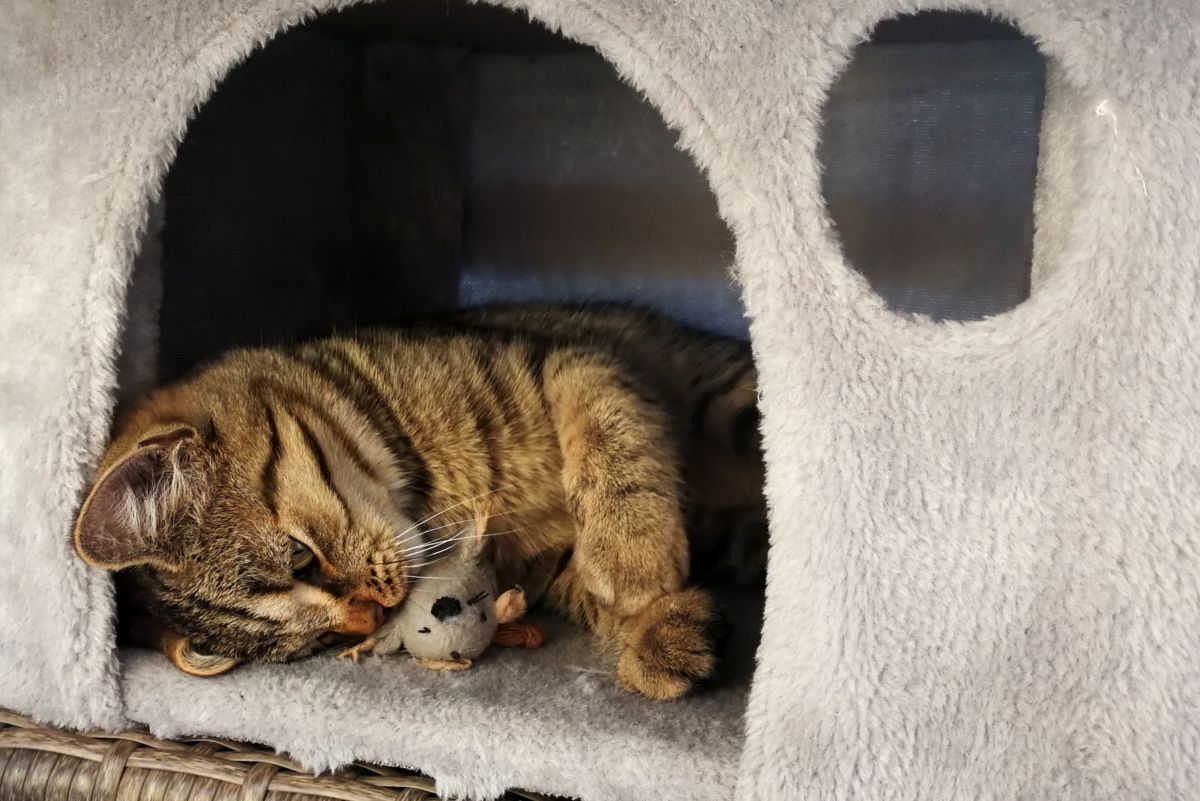
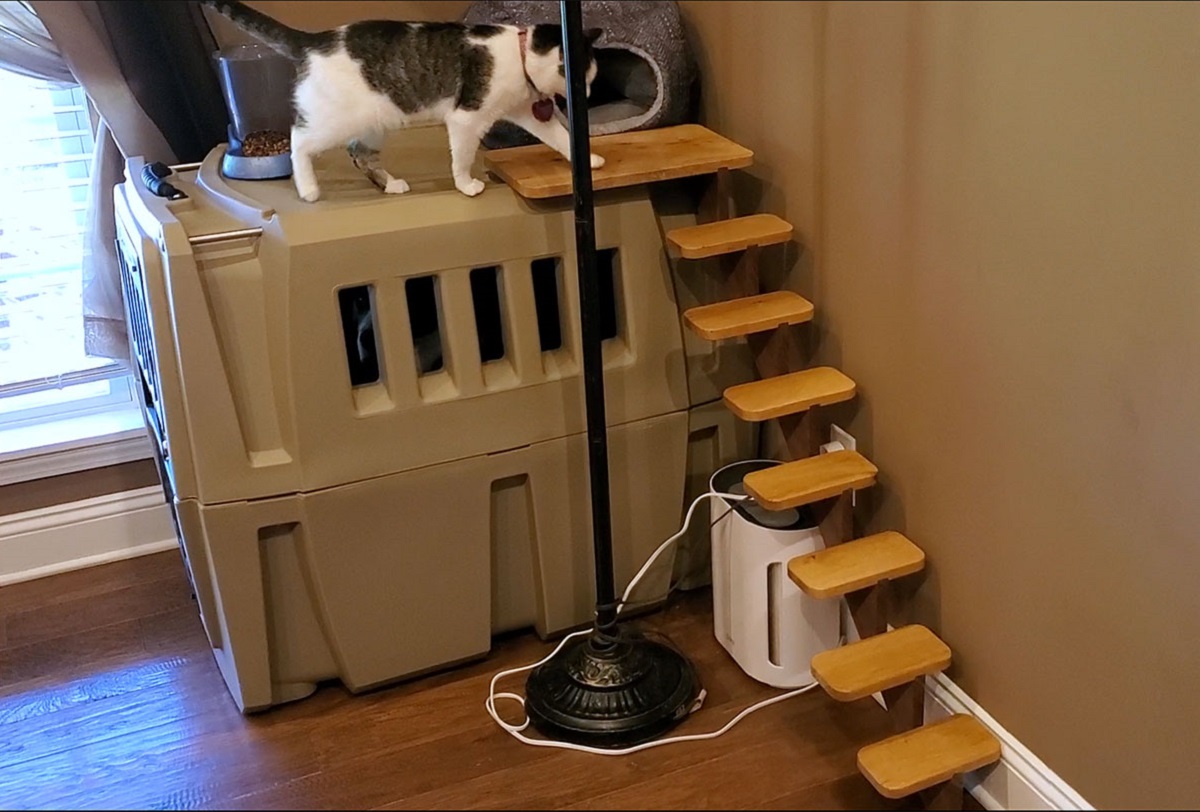
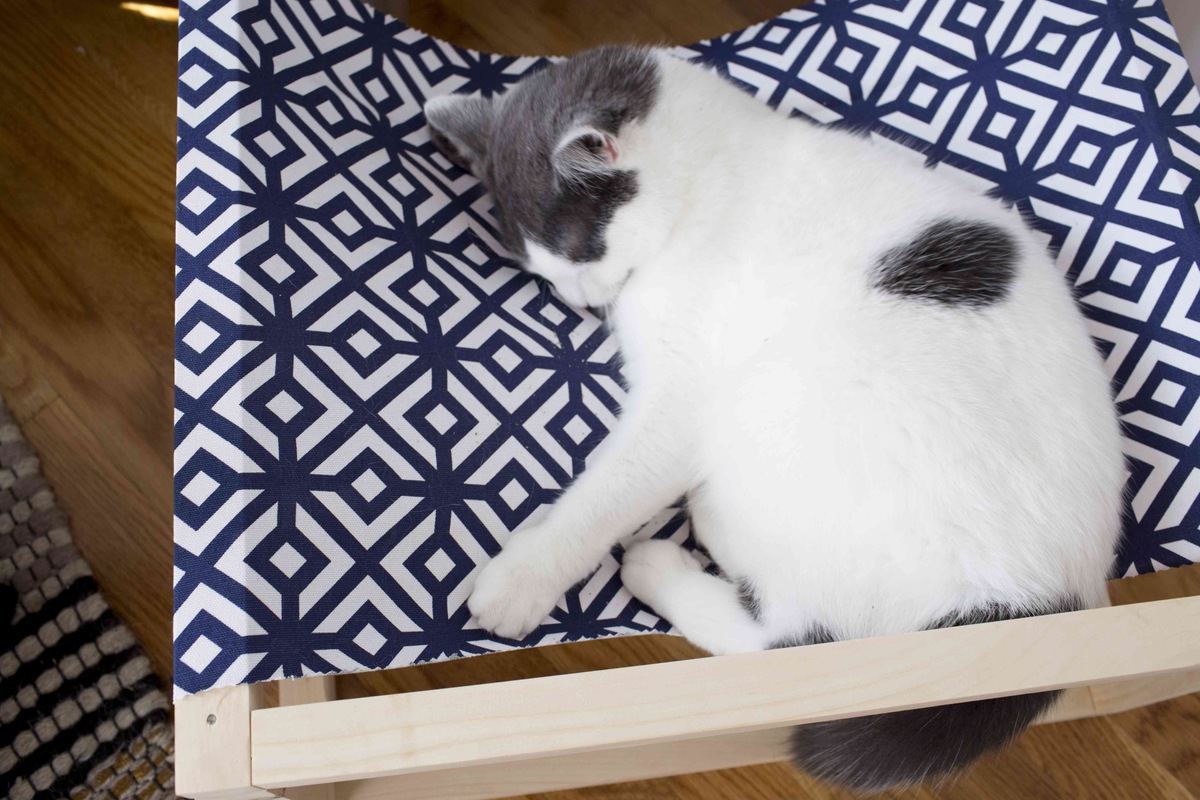
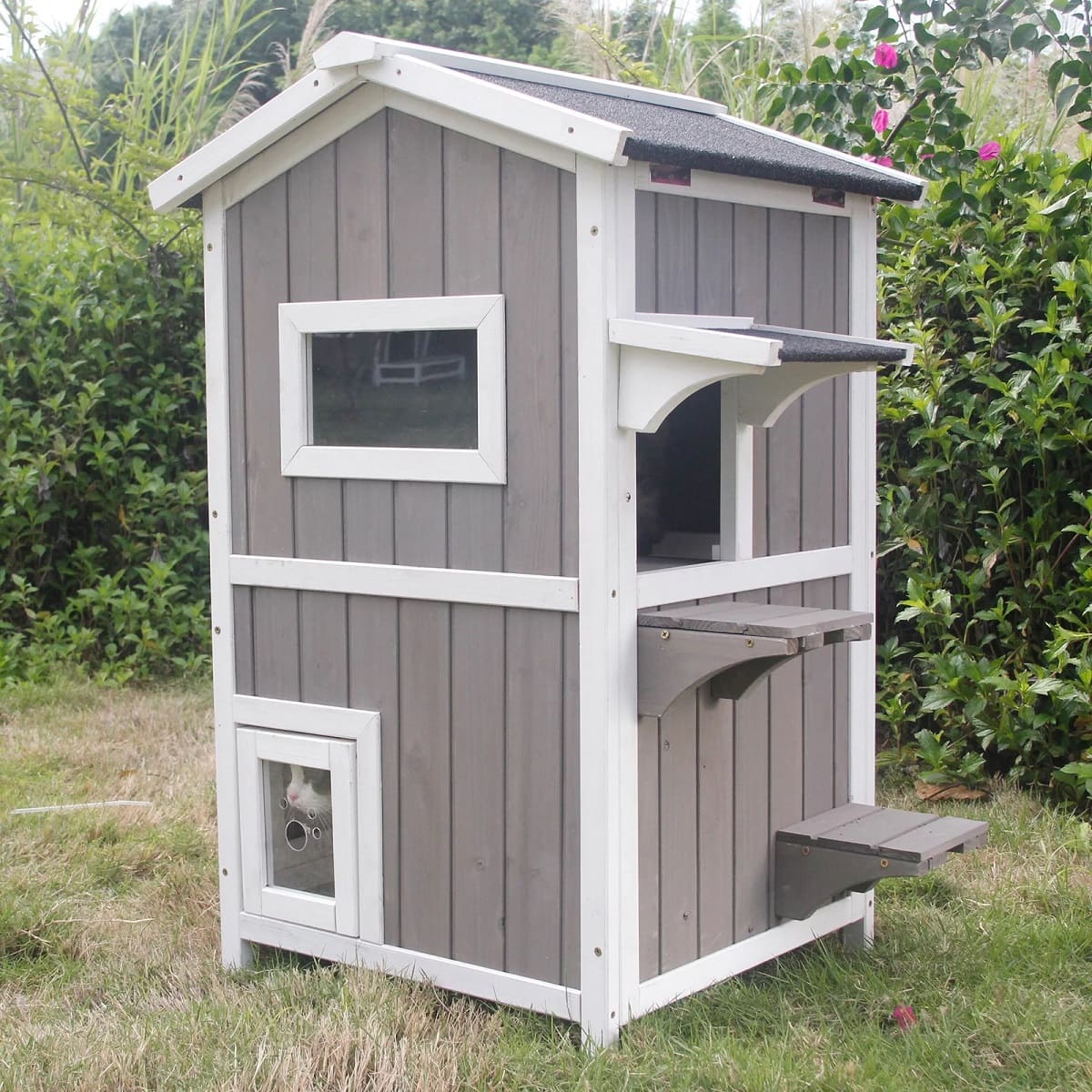
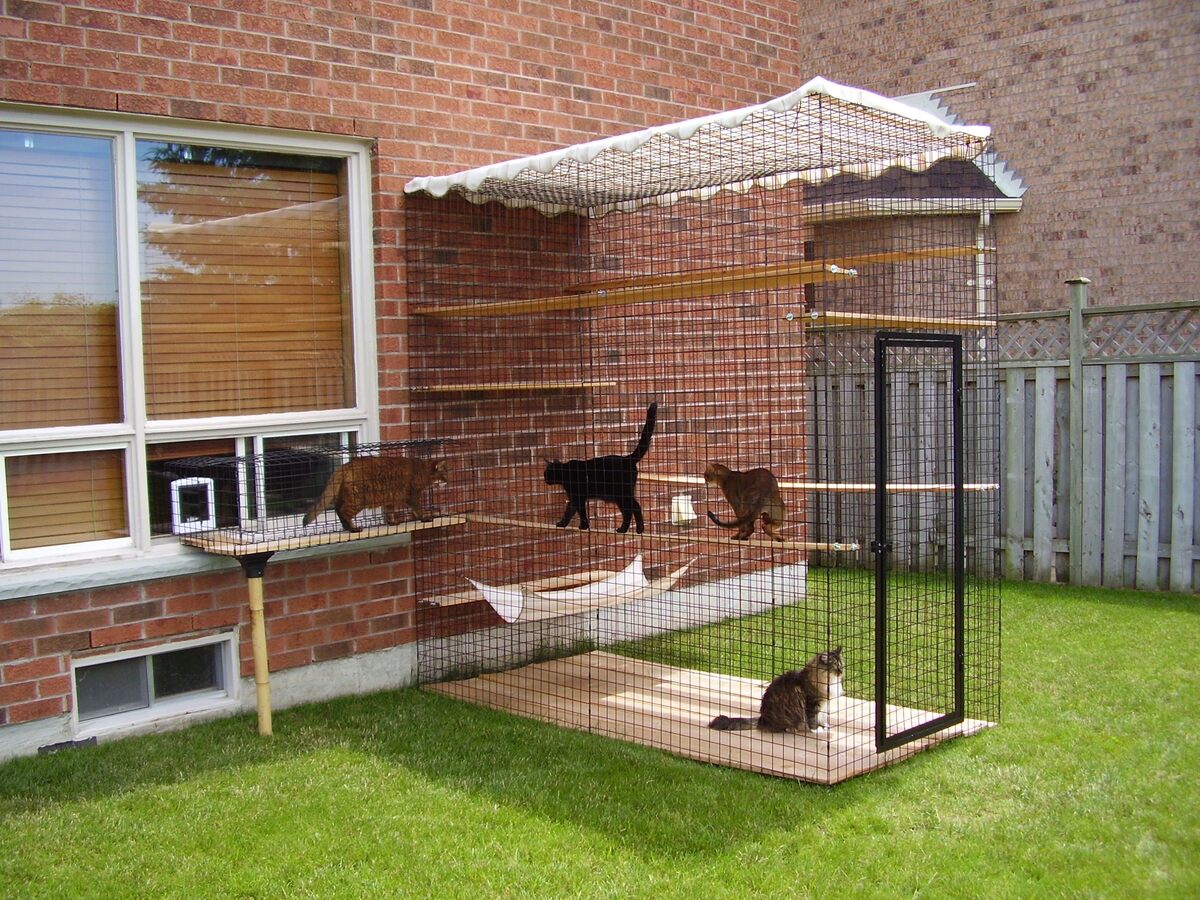
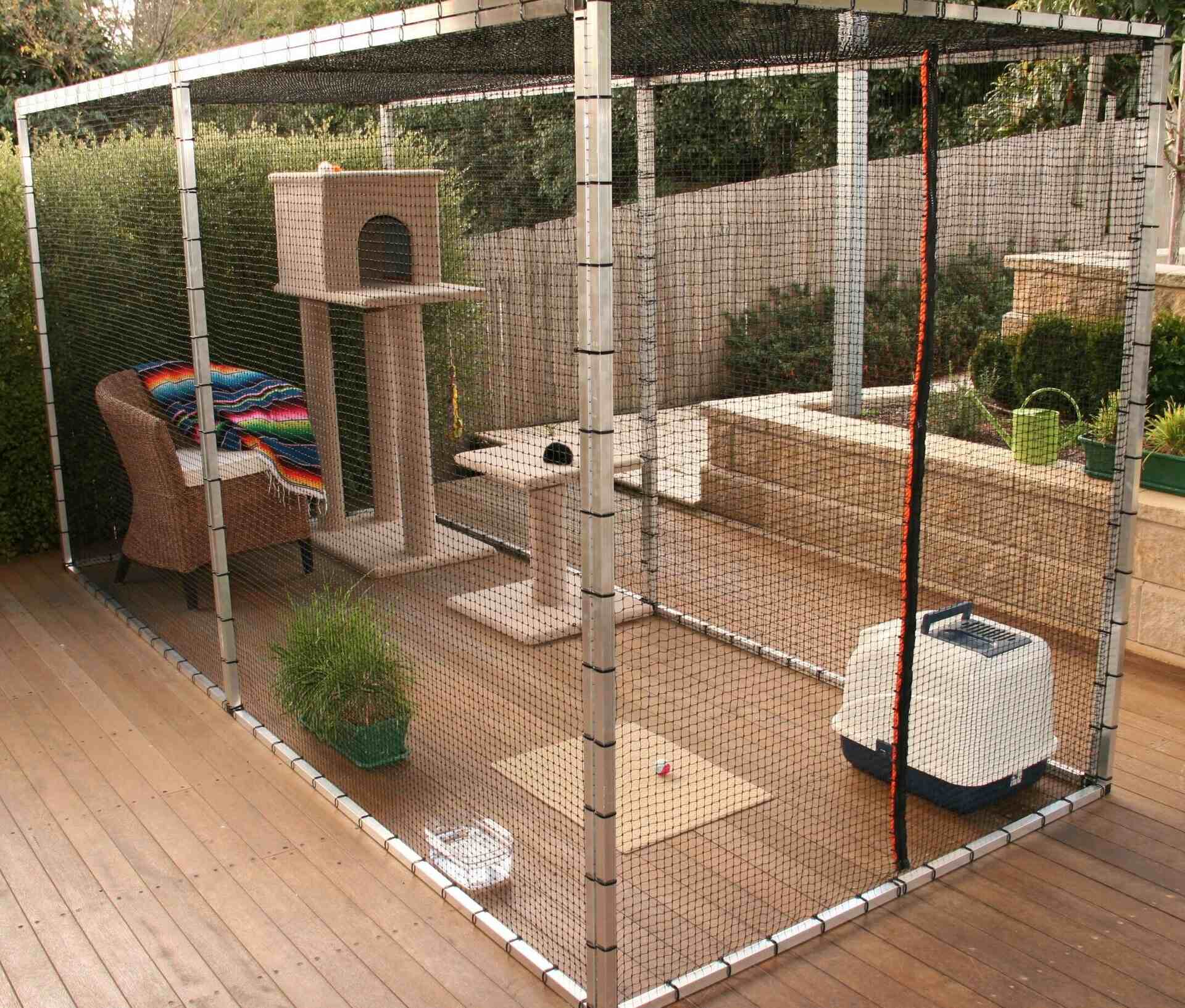
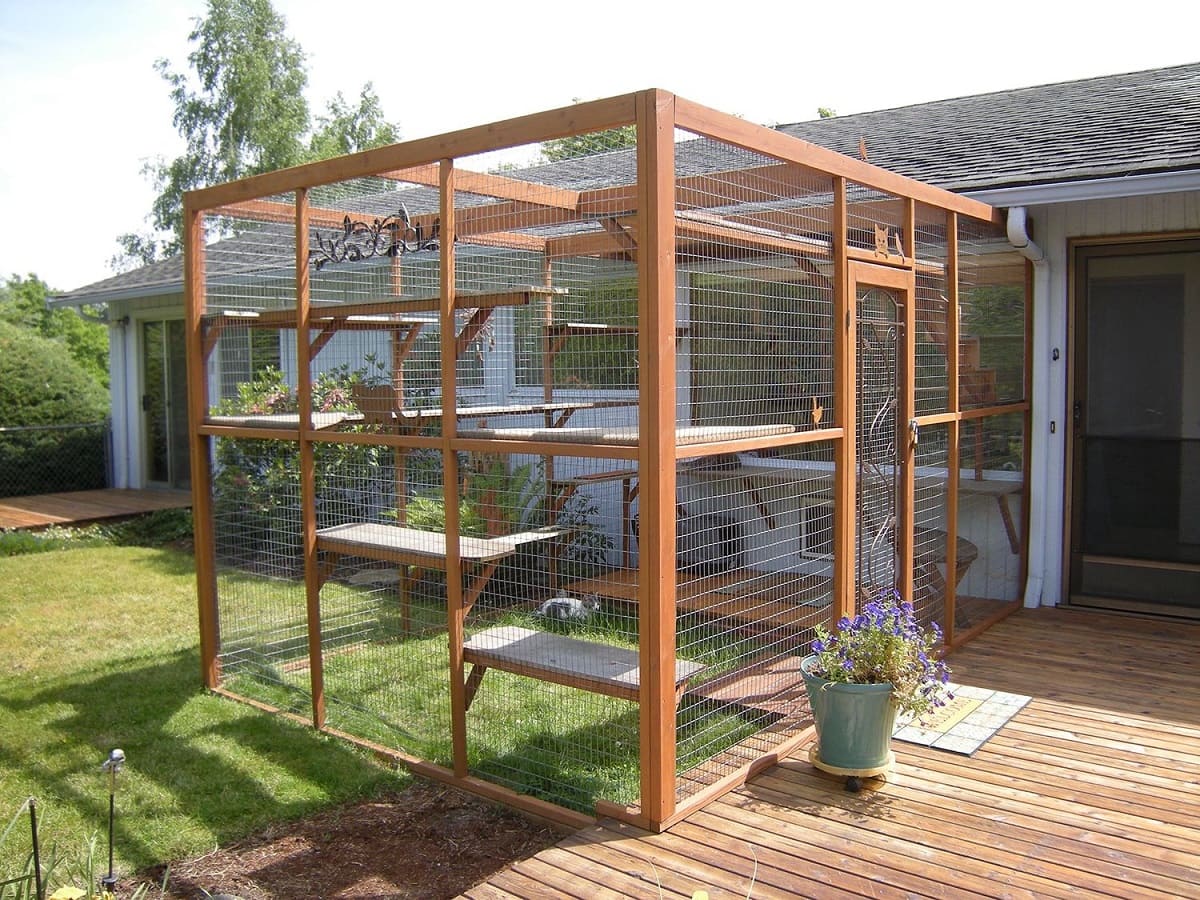
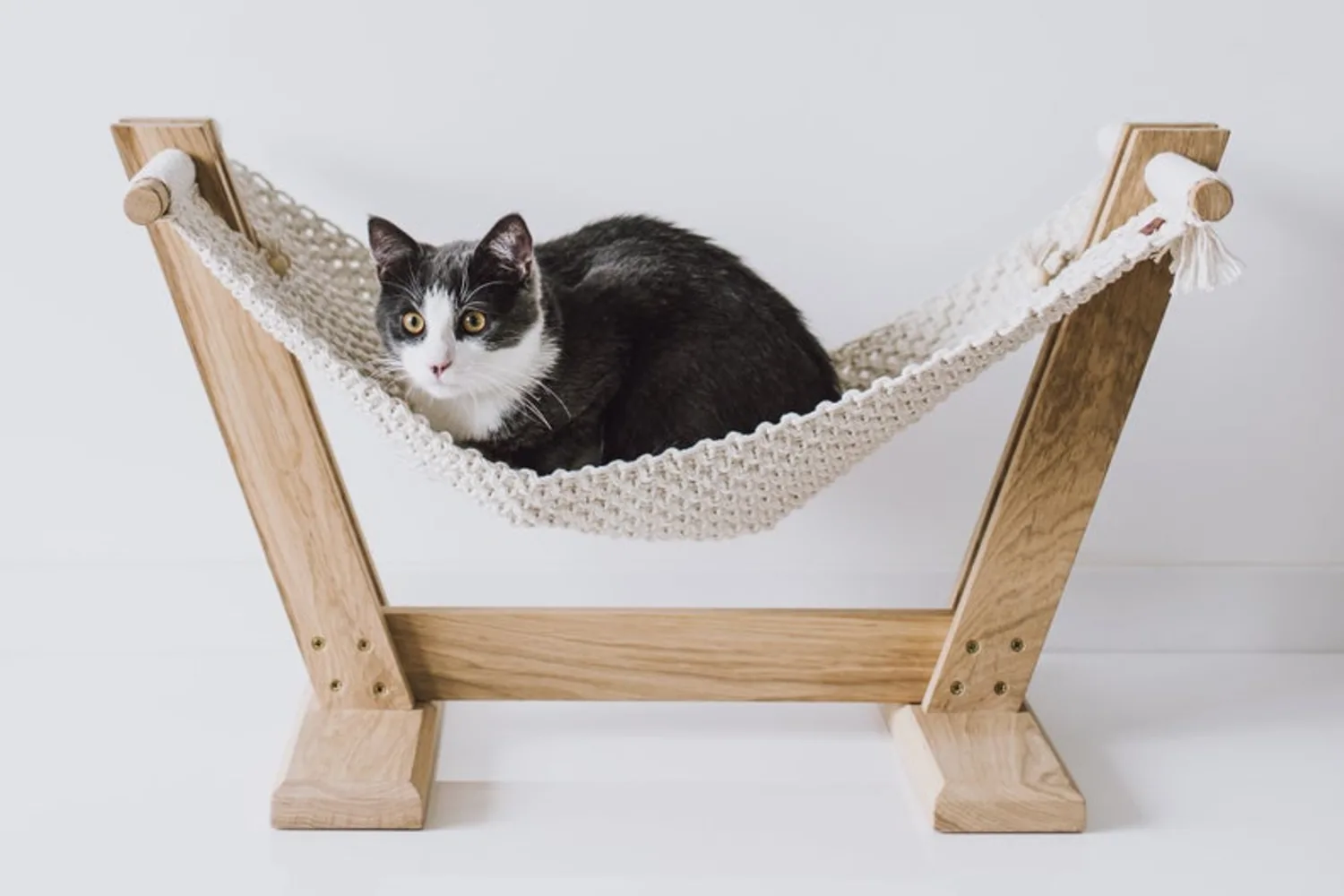
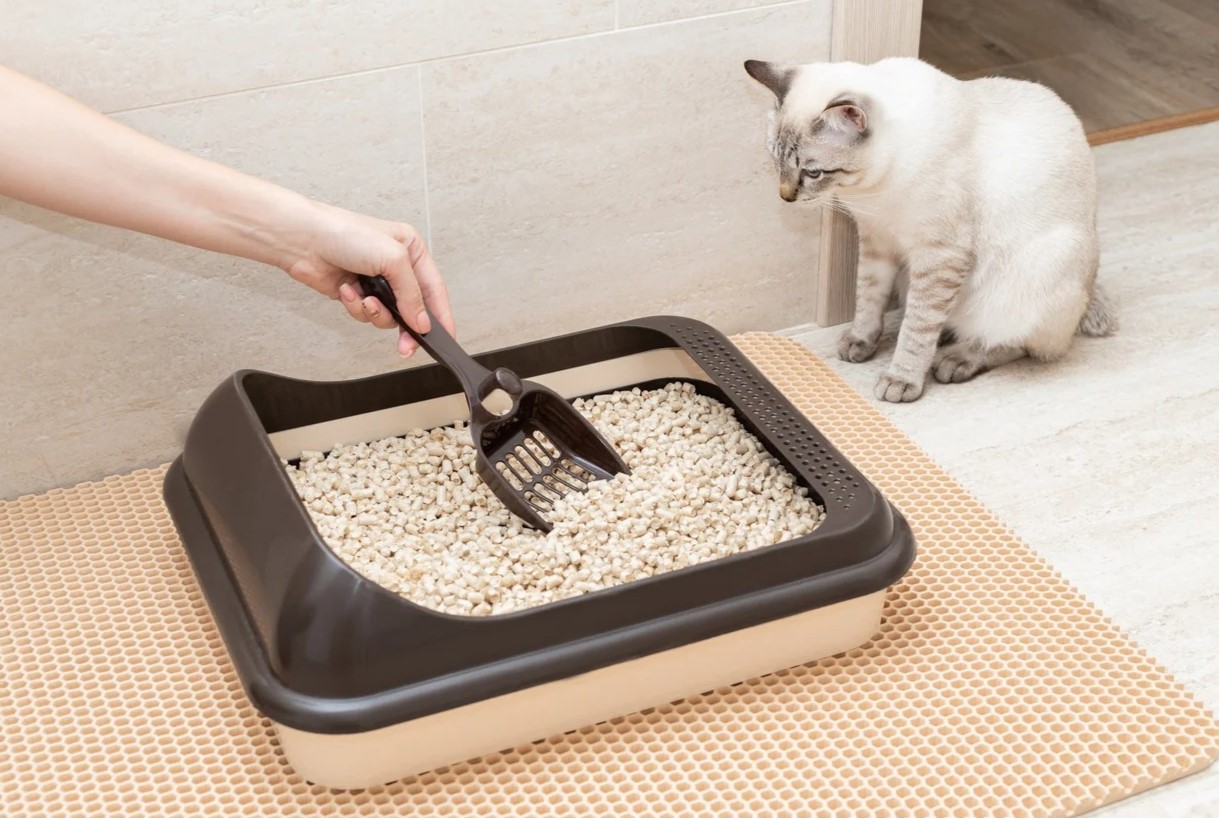
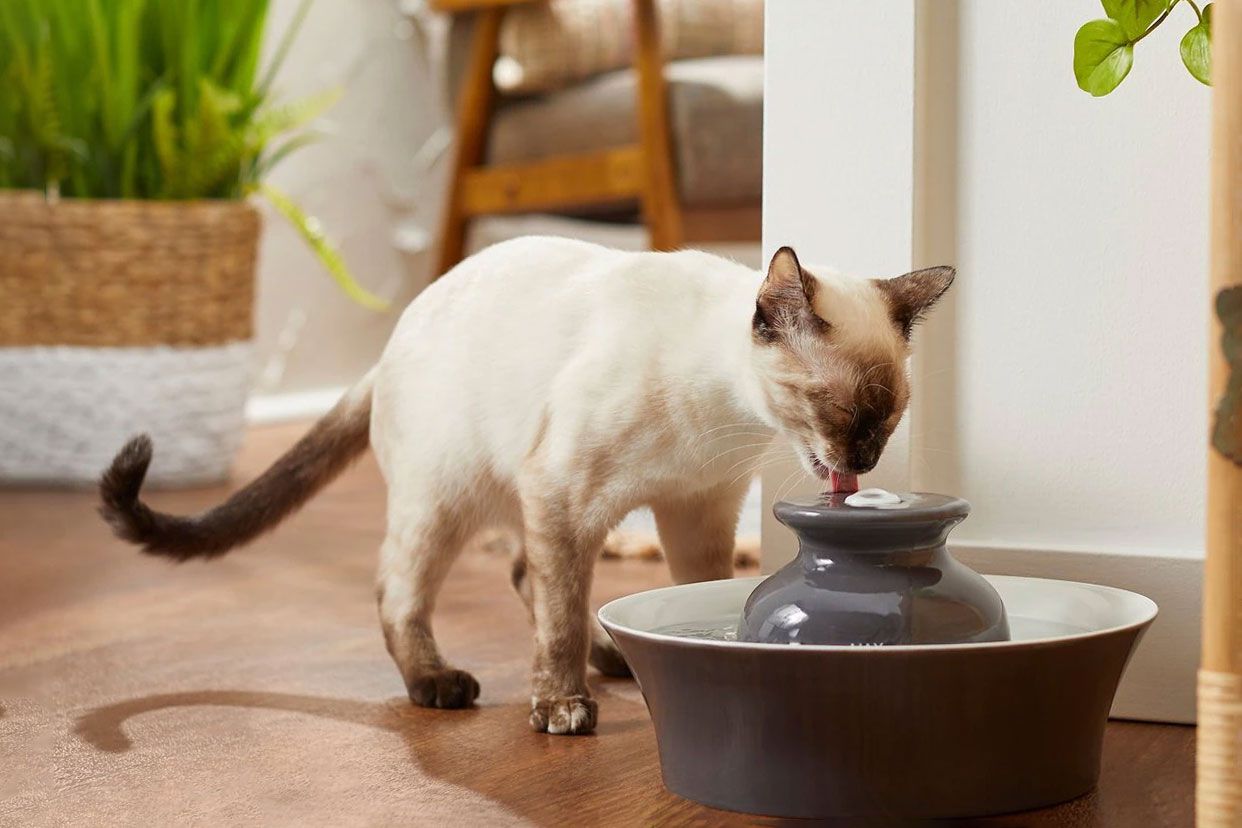

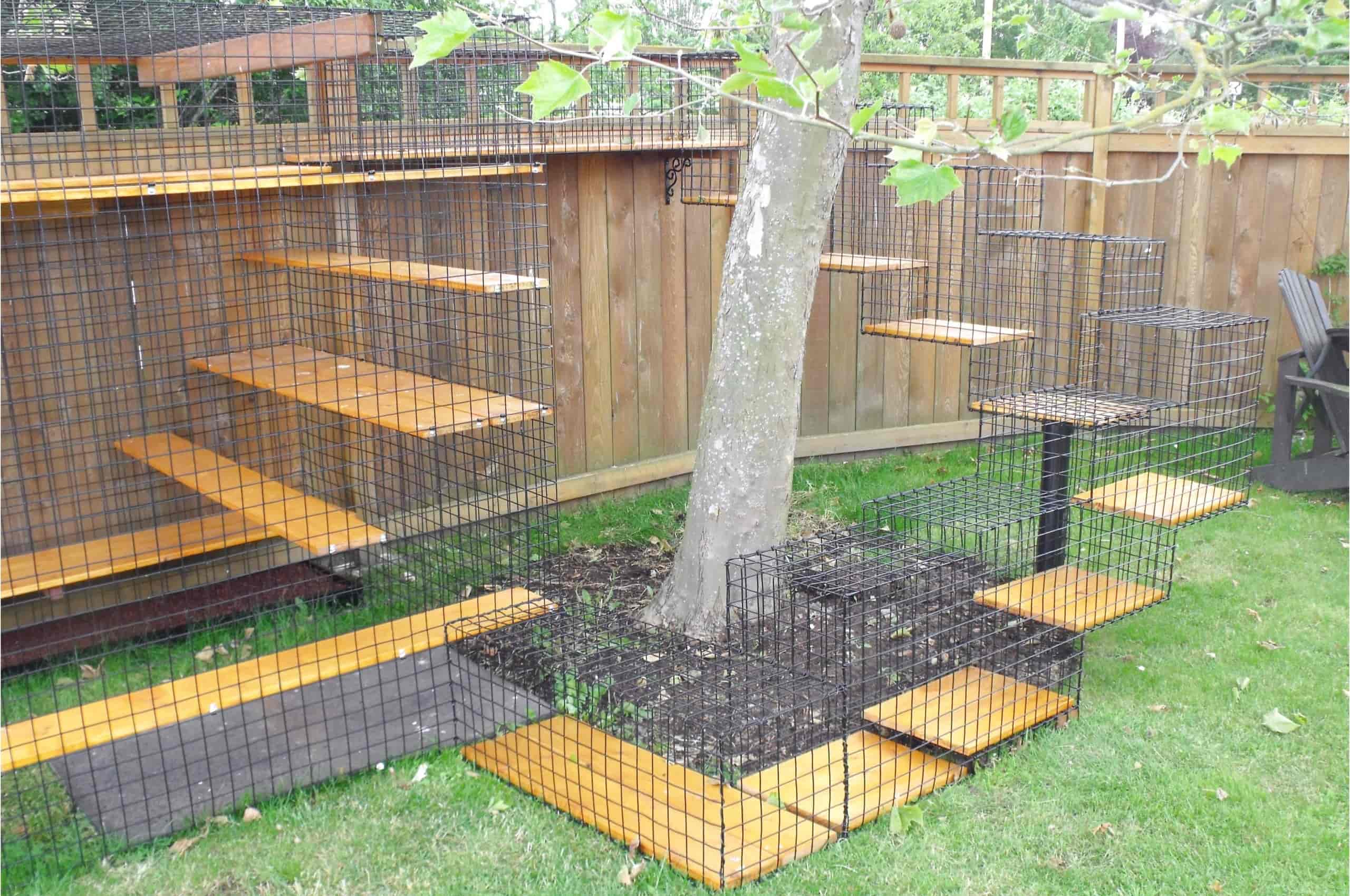
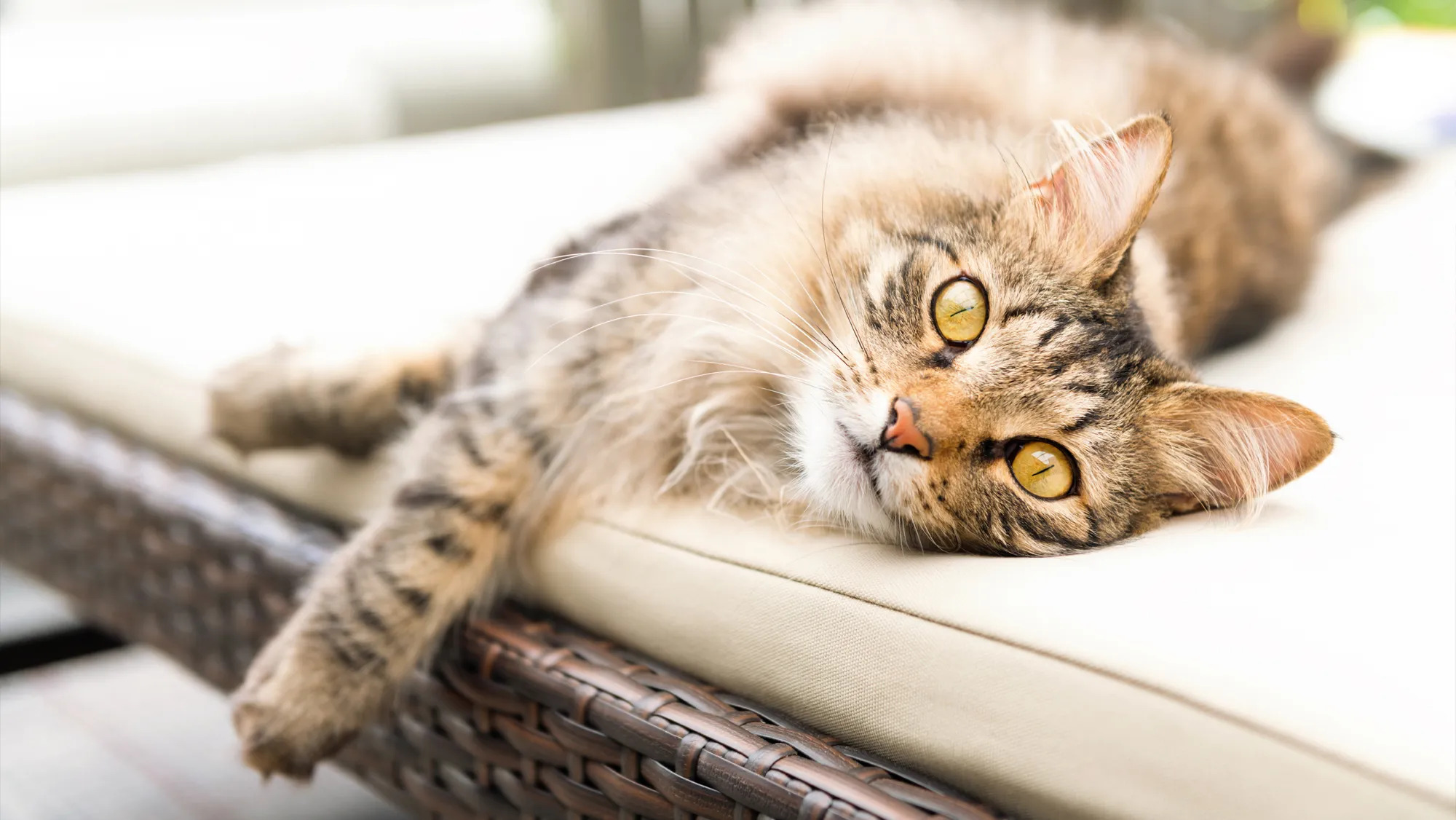
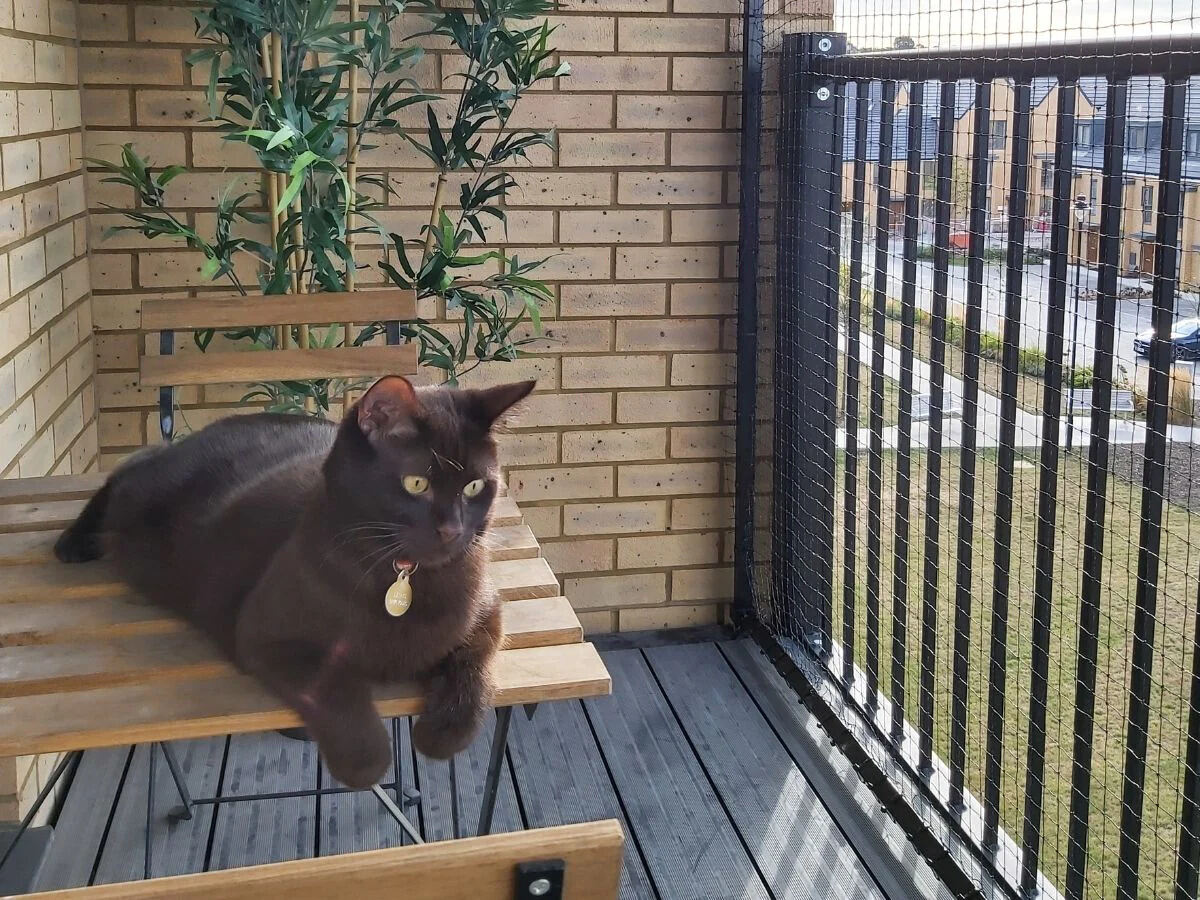

0 thoughts on “How To Make An Outdoor Cat House”